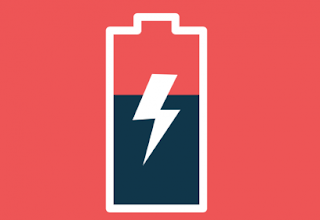Lithium-ion Battery VS LifePo4 Solar Energy Battery Storage

LifePo4 solar energy battery storage, refers to as a cathode material for LifePo4 batteries. Lithium-ion battery cathode material of lithium cobalt oxide, lithium manganese, nickel, lithium, ternary materials, lifePo4. Wherein the lithium cobalt oxide cathode material is currently used in the vast majority of lithium ion batteries. LifePo4 Solar Energy Battery Storage Eight Advantages lifePo4 crystals of P-O bond firm, difficult to decompose, even at high temperature or overcharge will not be as lithium cobalt oxide as the structure collapses fever or strong oxidizing substances, it has a good safety profile. There are reports that practice acupuncture or short experiment, we found a small part of the sample combustion phenomenon occurs, but there was one case of bombing, and overcharge used in the experiment far beyond the self-discharge voltage of high voltage charging several times and found that there are still explosions. Nevertheless, the overcharge security than ordinary liq...
















